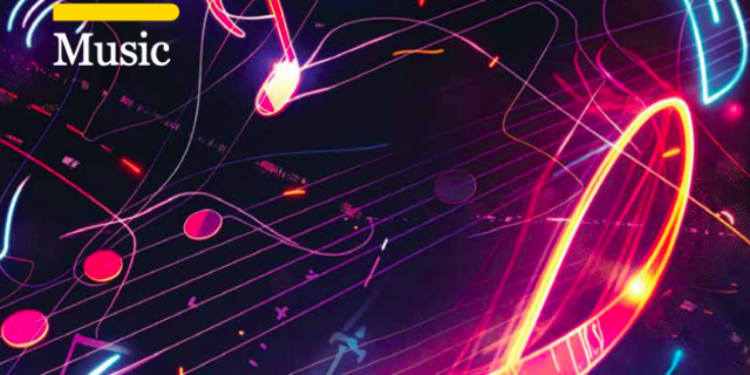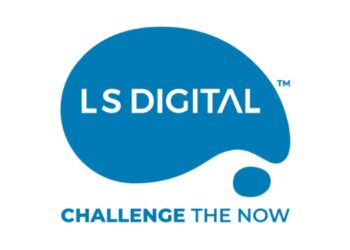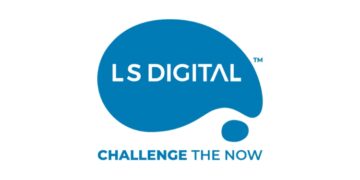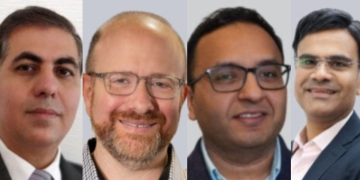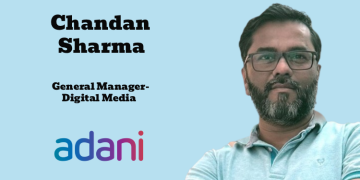Mumbai: The 2024 FICCI EY Report has noted that the paid subscriber base for music could reach 15 million by 2026 or 2027.
While subscriptions are not significant at present, they are the future, since OTT platforms cannot sustain providing free or ad-supported music.
The market has the potential to grow the number of paid subscribers to 2-2.5x their current volume in three years (15 million) and four to five times in five years (35 to 40 million)
Record labels will continue to consolidate:
We have seen several deals in the music segment as larger labels consolidate their holdings across language markets, and we expect this trend to continue.
This will improve monetisation potential through digital streaming, help bring more genres and regional music to the mainstream market and strengthen labels’ ability to invest in artists and creators.
Rights values could remain elevated:
The report also noted that the entry of several global music labels and publishers in India, as well as the improved performance of theatrical films across languages, are expected to keep music rights values at their current elevated levels in 2024 and perhaps into 2025.
OTT-driven music:
As connected TVs cross 30 million households, they have become a significant source of reach, and including songs on OTT content can be a new mode of discovery.
CTV in conjunction with AI also can provide an opportunity for custom music TV products viz. think personalised MTV, with packaging to suit viewer tastes e.g., song trivia, band information, video insights, chart data, etc.
Bundle, and keep on bundling:
Bundling music with video and news OTT products, D2C brands, newspapers and magazines, ISP subscriptions, etc., can significantly increase the scale of paid subscribers.
Market music via games:
A survey conducted by Ficci and EY indicates that 48% of gamers spend over an hour a day playing games.
The opportunity to bundle background music along with game play can provide a significant opportunity.
Create new artist discovery methods:
The report expects that the share of artist-driven music will continue to grow and contribute around 40% of consumption by 2026-2027.
Crowdsourcing original music for OTT and film content can bring about choices, and provide chances to young and fresh talent.
Enable infinite artist life:
The ABBA Voyage Tour used virtual avatars of the iconic band to perform “live” in front of 3,000 people everyday, generating US$2 million every week over 15 months.
45 years after The Beatles disbanded, a single was released using AI to clean up an old demo of John Lennon’s voice22.
AI-driven voice models can recreate any song in the voice of any artist, as well as create original music.
With appropriate regulatory guardrails, these innovations can enhance the listener experience and improve monetisation prospects.
Go for the superfans:
Artists will attempt to keep their fans engaged through their artistic life-cycle via deep engagement, building a base of “superfans”.
Superfans are often willing to invest more in their favorite artists, whether through purchasing concert tickets, funding content creation, buying merchandise, etc. Superfans also help create “virality” of content that is necessary for gaining popularity.
Thus, they provide a foundation beyond streaming, offering alternative income streams and ensuring artists can continue creating music.
Improve royalty collection:
Web3.0 has the ability to determine consumption in near real-time, and allocate revenue shares to relevant publishers, authors and labels, which can create a high degree of confidence in artists, and encourage them to create more and better music.
Focus on collaborations:
As music acceptance and experimentation increase, the number and type of collaborations can help crosspollinate fans, both globally as well as locally.
Local collaborations across languages as well as genres can create a new variety of music, as well as be the foundation for many entertainment/ reality shows.

